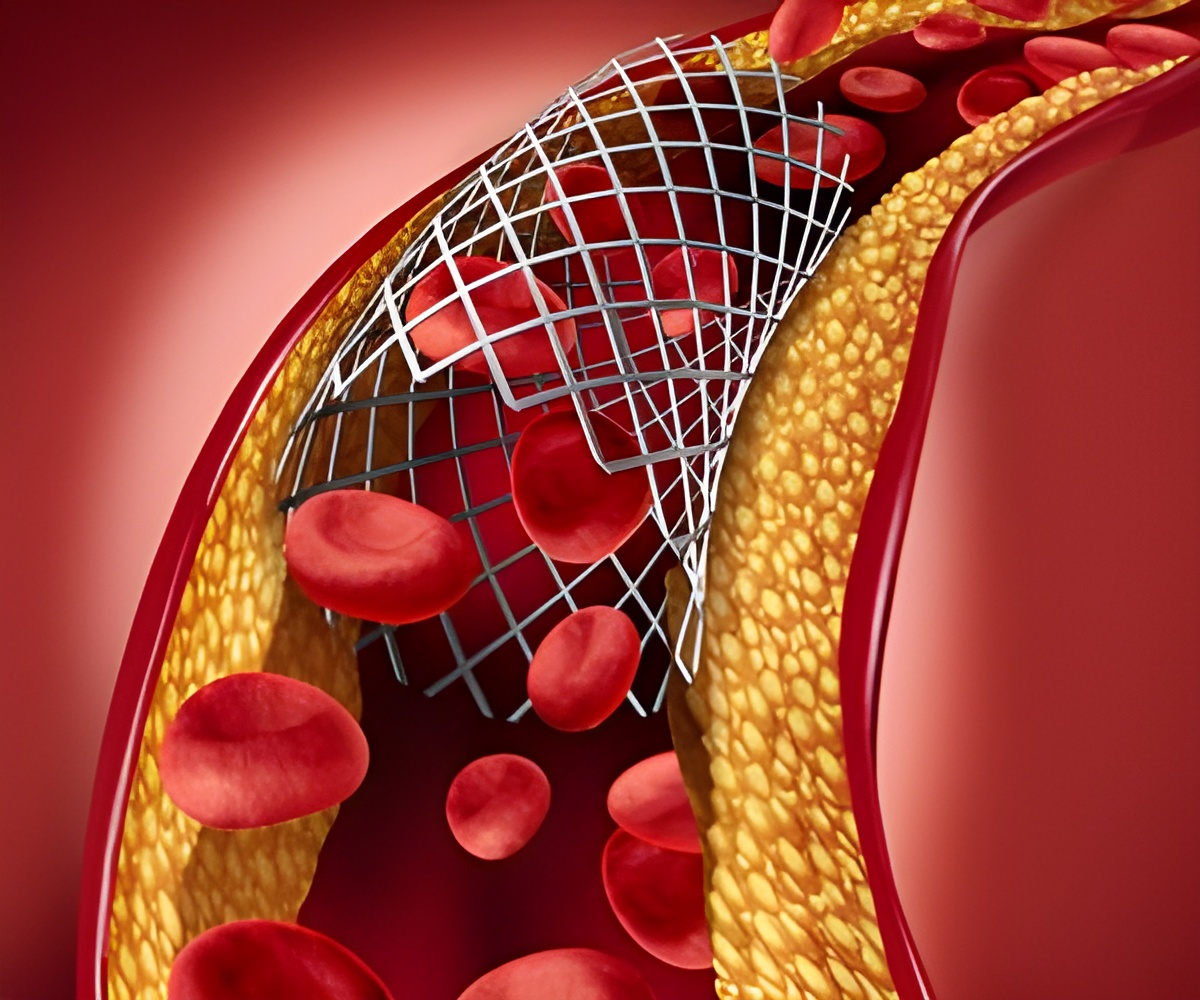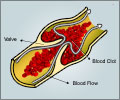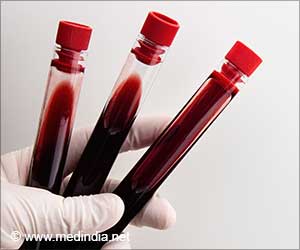Platelet spreading and clot contraction are separate processes, opening new possibilities for better treatments for clotting and bleeding disorders.

‘Did You Know?
Blood clotting follows two separate pathways, not one! #bloodclots #platelets #clottingdisorders #medicalresearch #safertreatments #medindia’





Blood clotting follows two separate pathways, not one! #bloodclots #platelets #clottingdisorders #medicalresearch #safertreatments #medindia’
Advertisement
How Blood Clots Form
Platelets, which are microscopic cell fragments that circulate in the blood, reach the wound and spread out to prevent blood from spilling out when skin is cut or damaged. Red blood cells are trapped in a blood clot that forms when enough layers of platelets build up, resembling stacks of sandbags against a flood. The clot contracts when a blood vessel breaks, allowing blood to pass through the vessels more easily (1✔ ✔Trusted SourceBlood clot contraction: Mechanisms, pathophysiology, and disease
Go to source).
Advertisement
Breakthrough Discovery
Researchers previously believed platelet spreading and clot contraction followed the same pathway. However, a study from Thomas Jefferson University found they are controlled by different signaling molecules. Blocking one process does not affect the other, opening new possibilities for treating bleeding and clotting disorders.Future Implications & Next Steps
Dr. Naik highlights that this is the first evidence of two distinct clotting pathways. Targeting clot contraction without affecting platelet spreading could prevent excessive bleeding. This discovery may improve treatments forReference:
- Blood clot contraction: Mechanisms, pathophysiology, and disease - (https://pubmed.ncbi.nlm.nih.gov/36760777/)
Source-Eurekalert












